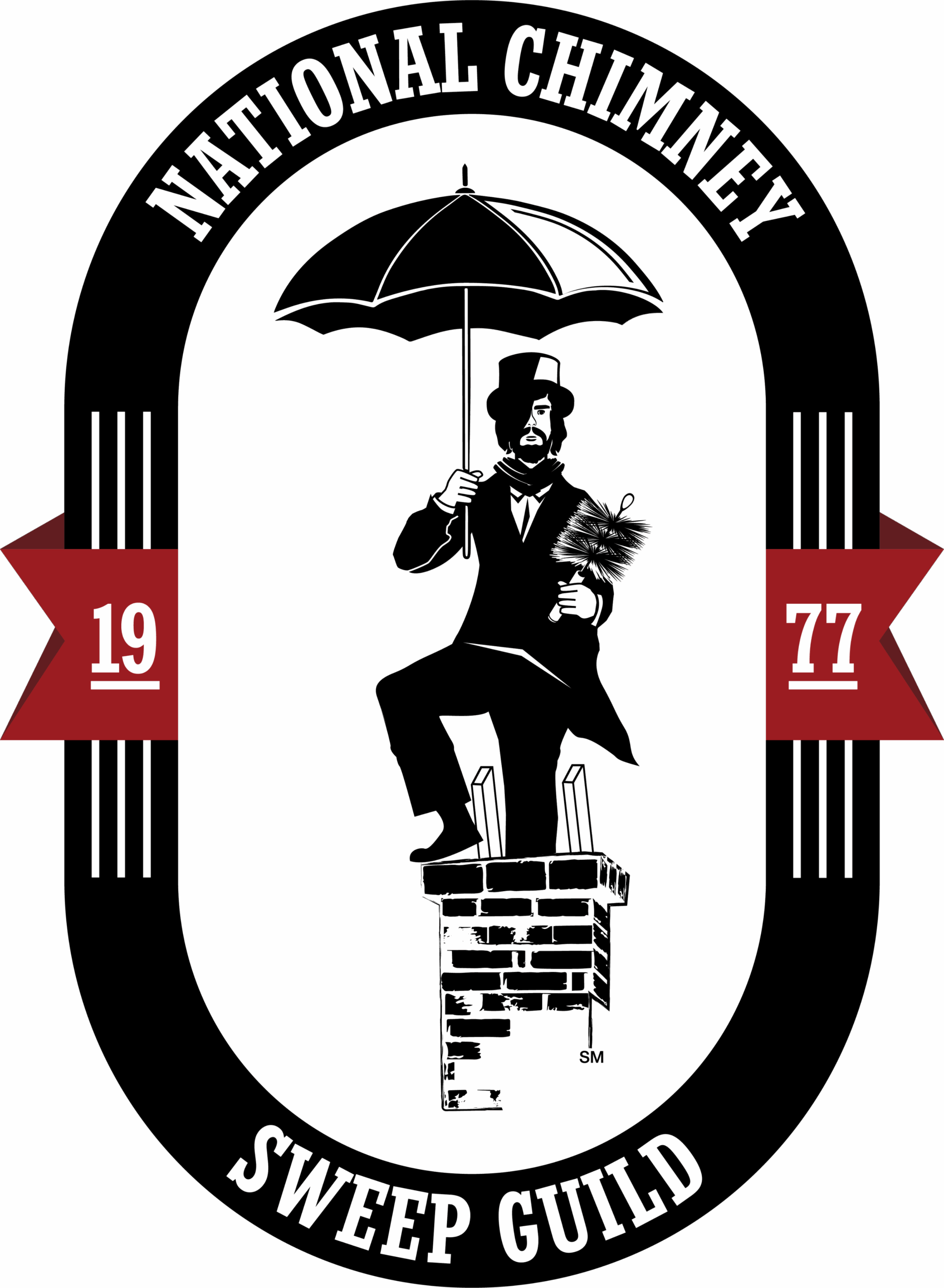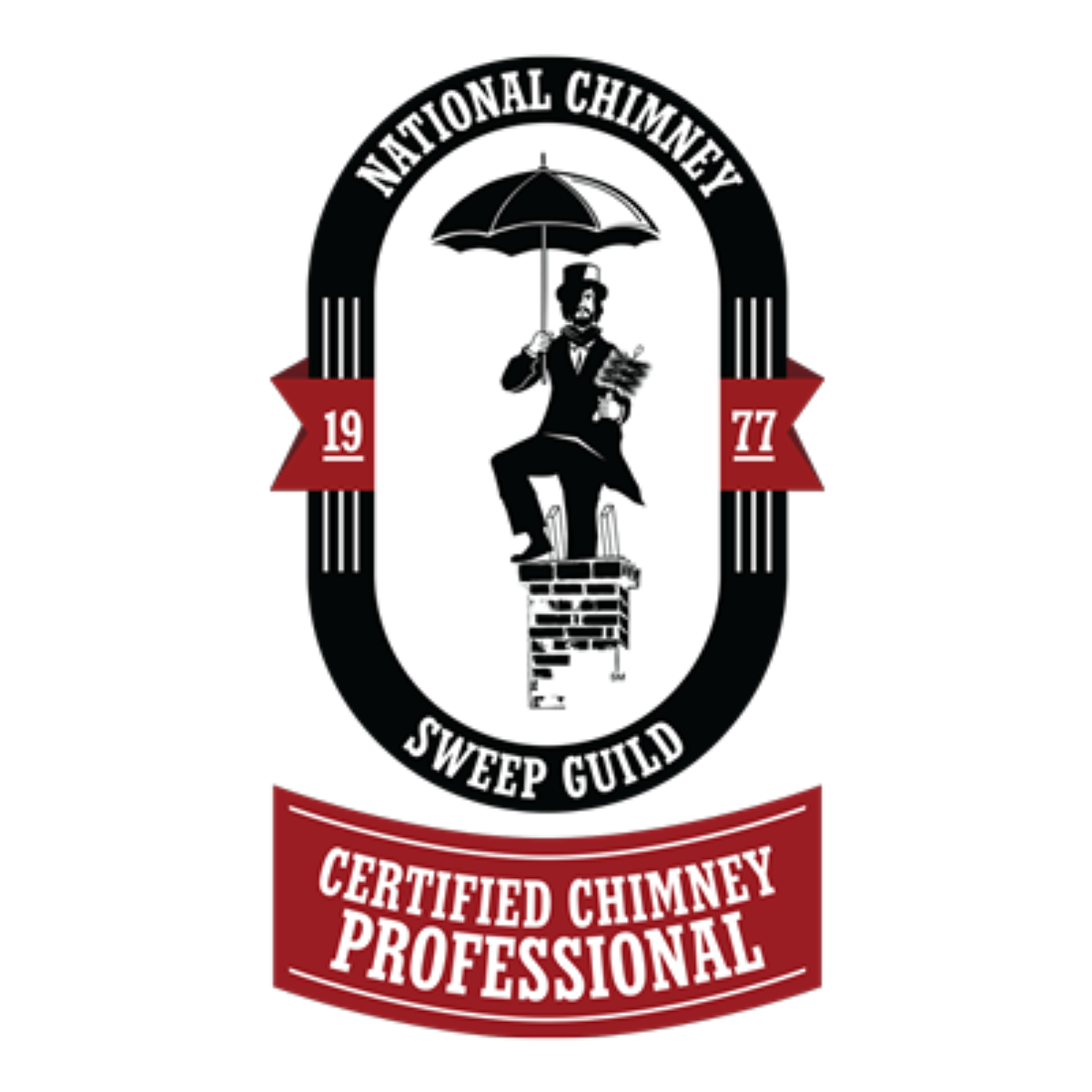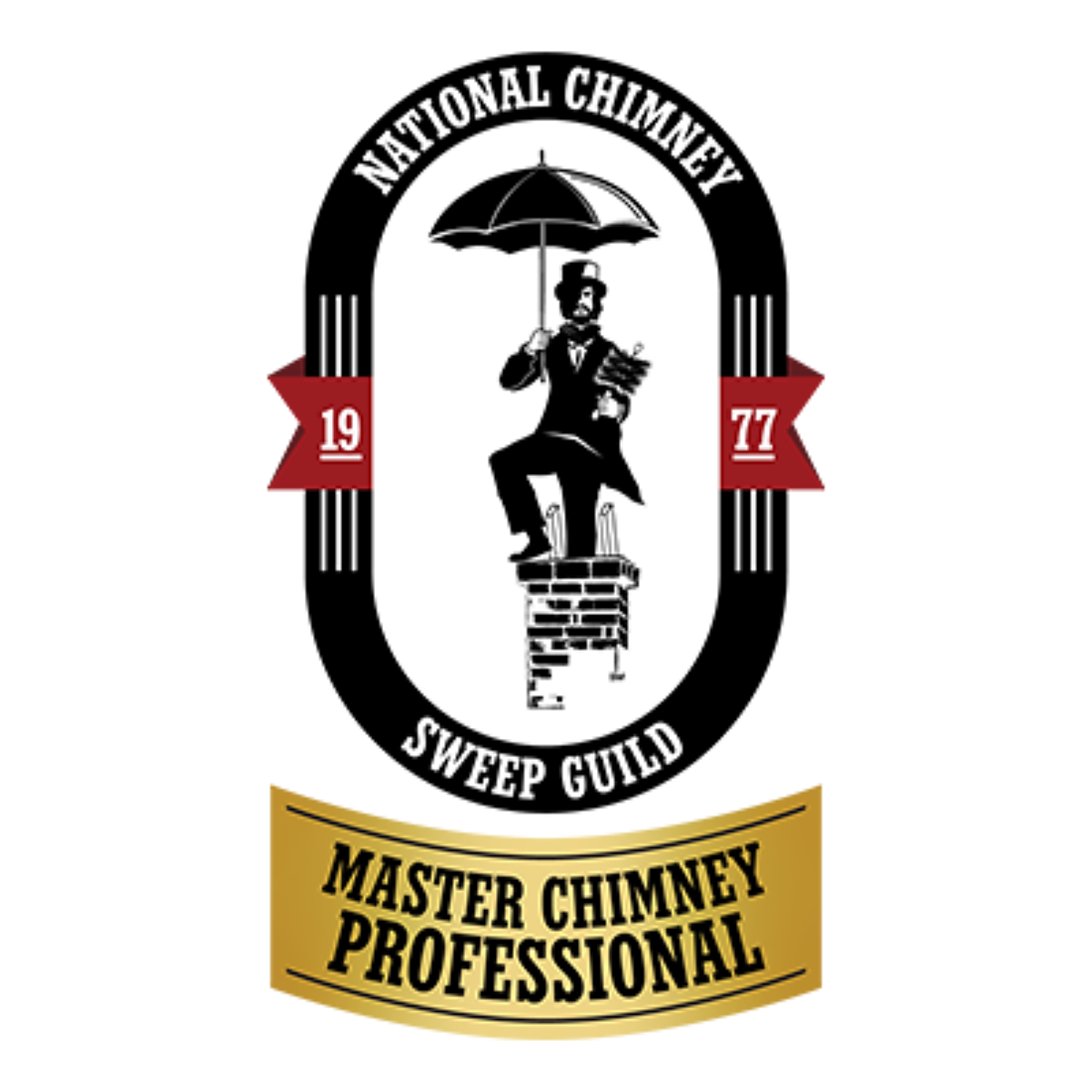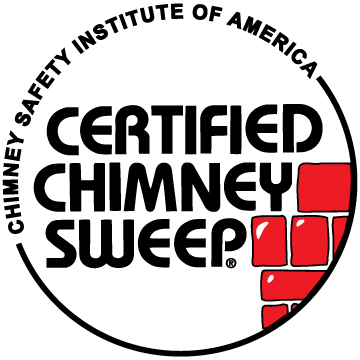Dallas Homeowner’s Guide to Chimney Draft Problems and Solutions
Navigating chimney draft issues is crucial for Dallas homeowners. Proper draft ensures safe heating and prevents carbon monoxide buildup. Common causes include blockages from debris or creosote, design flaws, and adverse weather conditions. Signs of poor drafting range from smoke backflow to difficulty igniting fires. Diagnosing these problems involves inspecting for blockages, evaluating chimney height, and checking for external airflow disruptions. To resolve issues, schedule annual inspections, consider extending chimney height, or install a draft inducer. Understanding these factors will help maintain optimal performance and safety for your heating system, providing further insights into effective solutions ahead.
Key Takeaways
- Regular chimney inspections and cleanings are crucial to prevent blockages and ensure safe home heating systems in Dallas.
- Common causes of draft issues include blockages, design flaws, and adverse weather conditions affecting chimney performance.
- Signs of poor drafting include smoke backflow, soot buildup, and difficulty igniting fires, indicating the need for immediate attention.
- Diagnosing draft problems involves inspecting for blockages, evaluating chimney design, and checking indoor air pressure for negative pressure issues.
- Effective solutions include extending chimney height, installing a draft inducer, and maintaining proper flue sizing for optimal airflow.
Understanding Chimney Draft Issues
Understanding chimney draft issues is crucial for maintaining a safe and efficient home heating system. In Dallas, homeowners often face chimney draft problems that can significantly impact the performance of their fireplaces and heating appliances. A proper draft is essential for ensuring that smoke and gases are effectively vented outside, preventing hazardous situations such as carbon monoxide buildup.
One of the primary challenges in addressing chimney drafts is identifying the specific issues at play. Factors such as blockages from debris, creosote buildup, or improper chimney design can all contribute to poor draft performance.
Homeowners must be proactive in recognizing the symptoms of these problems, including smoke backflow, unpleasant odors, or fluctuating temperatures within the home.
When it comes to fixing chimney drafts, Dallas chimney solutions are available to help restore proper airflow. Engaging professional services can ensure that any underlying issues are diagnosed and resolved effectively.
Regular inspections and maintenance can further enhance chimney performance, safeguarding both the home and its occupants. By prioritizing an understanding of chimney draft issues, Dallas residents can achieve a more efficient and safer heating experience.
Common Causes of Draft Problems
Several factors can lead to chimney draft problems, each requiring careful consideration by homeowners. One of the most common causes is the presence of blockages within the chimney flue. These can result from creosote buildup, bird nests, or debris, all of which inhibit the proper flow of air and exhaust gases.
Design flaws may also contribute significantly to drafting issues. A chimney that is too short, improperly located, or lacks adequate height can result in insufficient draft, making it difficult for smoke and gases to escape effectively.
Weather conditions can play a pivotal role as well. High winds can create pressure differentials that disrupt the draft, leading to downdrafts where smoke is pushed back into the home. Additionally, cold temperatures can cause the flue to cool rapidly, resulting in a reduced draft when thermal updrafts are compromised.
Finally, the use of the wrong type of fuel or improper burning techniques can lead to inadequate combustion, producing excessive smoke and reducing the efficiency of the chimney system.
Understanding these common causes is essential for homeowners seeking to maintain a safe and functional chimney.
Signs of Poor Drafting
When homeowners notice unusual odors or smoke filling the living space, it often indicates poor drafting within the chimney system. These symptoms manifest when the chimney fails to effectively channel smoke and gases outside, resulting in a hazardous indoor environment. One of the first signs to watch for is a persistent smell of smoke or soot, which can linger long after a fire has been extinguished.
Another indicator of poor drafting is the presence of soot buildup around the fireplace or stove, suggesting that smoke is not being properly vented. Homeowners may also experience difficulty igniting fires; if kindling struggles to catch or flames flicker erratically, this may point to inadequate draft.
Additionally, a cold draft entering the home from the chimney can signify that air is being drawn down rather than expelled, creating uncomfortable temperatures.
Lastly, if residents frequently experience respiratory issues or increased allergies, it could be linked to poor chimney performance, as inadequate draft may allow harmful gases to accumulate. Recognizing these signs early can help homeowners address chimney draft issues before they escalate into more serious problems.
Diagnosing Your Chimney Draft
Identifying the root cause of chimney draft issues requires a systematic approach to diagnosis.
Begin by inspecting the chimney for visible blockages such as creosote buildup, debris, or animal nests. These obstructions can significantly impede airflow and should be removed promptly.
Next, evaluate the chimney’s height and design. A chimney that is too short or improperly constructed may create insufficient draft, leading to poor ventilation.
Additionally, check for any external factors, such as nearby trees or buildings, that could disrupt wind flow and contribute to draft problems.
Another critical aspect is to assess the condition of the flue liner. Cracks or deterioration in the liner can lead to heat loss and insufficient draft.
Furthermore, consider the type of fuel being burned; certain fuels may produce more smoke and require a stronger draft to function effectively.
Lastly, monitor indoor air pressure. Negative pressure in the home, often caused by exhaust fans or HVAC systems, can draw air down the chimney instead of allowing it to flow upward.
Effective Solutions and Tips
Once the underlying issues of chimney draft problems have been identified, implementing effective solutions becomes paramount for ensuring proper ventilation and safety.
First, consider scheduling a professional chimney inspection and sweeping at least once a year to remove any blockages and creosote buildup. This maintenance is crucial for optimal draft performance.
Next, evaluate the chimney’s height and design. A chimney that is too short or poorly constructed can impede airflow. Consider extending your chimney or adding a chimney cap to enhance draft efficiency and prevent downdrafts caused by wind.
Additionally, inspect the flue size. A flue that is too small can restrict airflow, while one that is too large may not produce sufficient draft. Consulting a professional chimney service can help determine the appropriate size for your specific setup.
Finally, consider installing a chimney draft inducer. This mechanical device assists in creating a consistent draft, particularly beneficial in homes with frequent draft issues.
Resolve Chimney Draft Issues with Expert Service in Dallas
In conclusion, addressing chimney draft issues is crucial for maintaining a comfortable and safe living environment in Dallas homes. By understanding common causes, recognizing signs of poor drafting, and implementing effective solutions, homeowners can significantly improve the efficiency of their heating systems. Proactive measures not only enhance indoor air quality but also ensure the proper functioning of fireplaces and stoves. Ultimately, comprehensive management of chimney drafts contributes to overall home safety and comfort.
Masters Services Chimney & Masonry – DFW
11245 Goodnight Ln #35, Dallas, TX 75229
(972)877-4650










